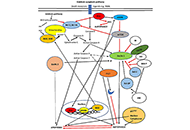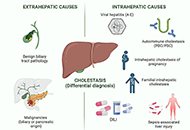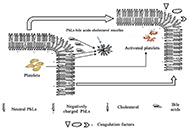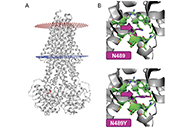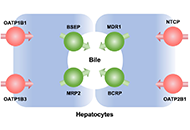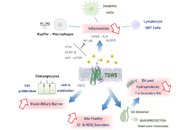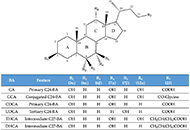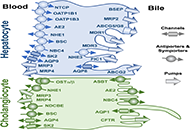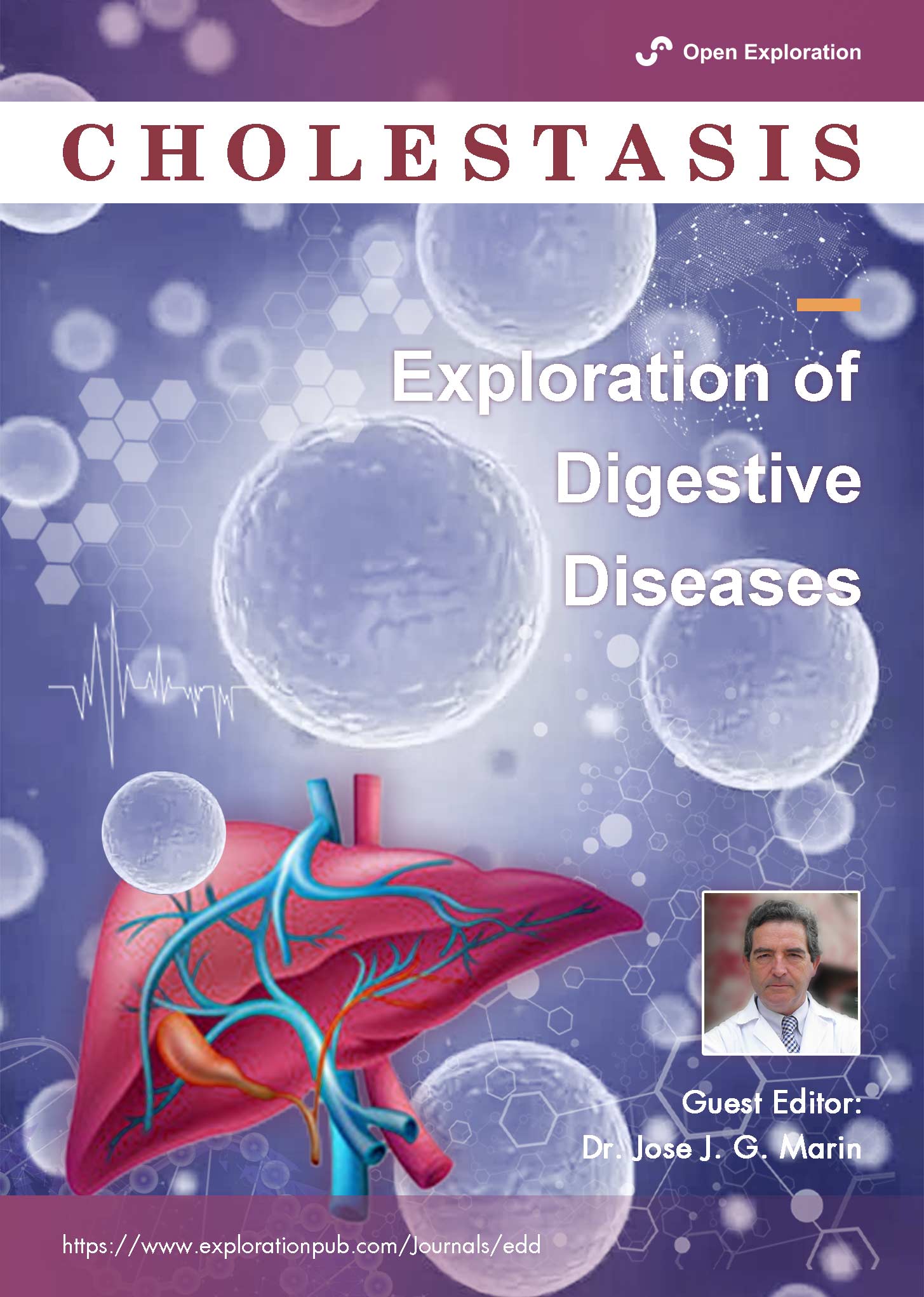
CHOLESTASIS
Guest Editor
Prof. Jose J. G. Marin E-Mail
Head of Dept. Physiology & Pharmacology, University of Salamanca; Experimental Hepatology and Drug Targeting (HEVEPHARM); Carlos III National Institute of Health, Center for the Study of Liver and Gastrointestinal Diseases (CIBERehd); Salamanca Institute for Biomedical Research (IBSAL); Salamanca, Spain.
Research Keywords: bile acids; cholestasis; liver and gastrointestinal cancer; chemoresistance and chemosensitization; drug targeting; gene therapy
About the Special lssue
Many liver diseases are accompanied by cholestasis, which is defined nowadays as the partial or total reduction of bile flow to the duodenum due to the lack of secretion by the liver, associated with hepatocellular and ductular functional failure, or the retention in the biliary system by obstruction at some point of the biliary tree, resulting in any event in the regurgitation into the blood of cholephilic substances, i.e., compounds typically secreted in the bile, such as bile acids and bilirubin.
This special issue will review updated information regarding several critical aspects involving the etiology and pathophysiology of cholestasis, with a particular focus on the role of inborn errors in proteins accounting for bile acid transport and metabolism. The usefulness of bile acids and other compounds in the diagnosis and treatment of cholestasis, as well as clinical aspects of this condition, will also be reviewed. This special issue will also benefit from contributions on any additional question affecting this complex problem, from alteration in the endocrine and paracrine regulation of the biliary function to the relationship of cholestasis with cholesterol metabolism by hepatocytes and the physiological and pathological involvement of cholangiocytes and the biliary tree in the overall secretory function of the liver. Liver diseases in which cholestasis is an essential accompanying feature, such as some types of drug-induced liver injury (DILI), among others, will also have room in this special issue. Finally, another broad field of interest in cholestasis research and clinics concerns the crosstalk between the liver and gut in both directions, regarding the FXR/FGF19 pathway of communication between intestinal epithelial cells and hepatocytes and the other way around the impact of bile acids on intestinal digestive function and microbiota biology.
Keywords: Cholestasis, bile acid, bile flow, bilirubin, FXR, FGF19 Transport, metabolism
Published Articles
